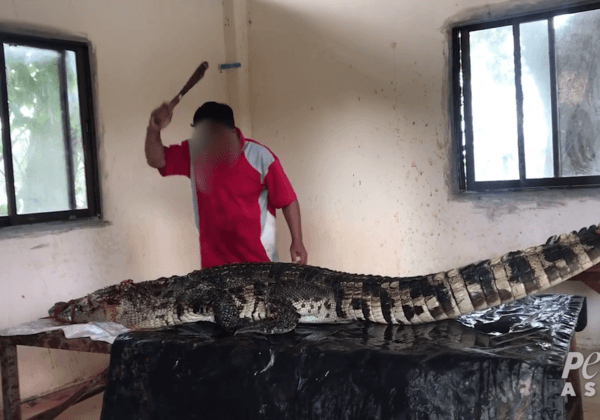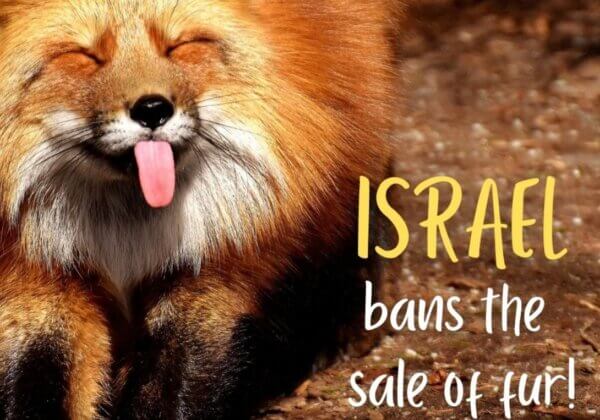The Environmental Cost of Australian Live Export
 Live Export’s Carbon Footprint—the Environmental Cost of Australia’s Death Ships
Live Export’s Carbon Footprint—the Environmental Cost of Australia’s Death Ships
Australian live export has seldom been out of the public eye in recent years, with footage of cattle mistreatment in Indonesia, sheep abuse in Turkey, and the recent tragedy in which thousands of sheep were stabbed and beaten to death and even buried alive in Pakistan. Media attention has quite rightly been focused on the suffering the industry causes to the millions of animals who are shipped alive from Australia every year.
But if you needed another good reason to ban live export once and for all, then the new case study PETA Australia has undertaken on the carbon footprint of the live-export trade should do it. The report has been sent to leading environmentalists as well as government officials, including Australian Minister for Agriculture Joe Ludwig.
Focusing on the environmental impact of the live-export industry, this detailed report reveals that the live-export trade is among the top 40 CO2 emitters in Australia. It is calculated that bringing this cruel industry to an end would be the equivalent of removing 320,000 cars from Australia’s roads. That’s approximately 2 percent of all the vehicles in Australia!
From the moment animals leave the farm for the long journey to their distant place of slaughter, a path of environmental destruction is carved. Cattle and sheep may be transported thousands of kilometers by trucks, whilst the empty ships journeying back to Australia to collect their next cargo account for further emissions.
The largest purpose-built live-export carrier in Australia, The Ocean Drover, can carry up to 75,000 sheep or 18,000 cattle. In addition to the animals, the ship also carries food, water, fuel, and the crew—all of which add to the weight of the vessel and the fuel it must expend.
One journey by The Ocean Drover, carrying only 13,000 cattle from Darwin to Indonesia, is estimated to produce 7,490 tonnes of CO2. This amounts to 576 kilograms per animal (not accounting for methane emissions from the cattle themselves).
In 2009, it is estimated that total emissions from the live transport of cattle and sheep (not including the 97,000 goats exported that year) would have been 1.8 million tonnes of CO2. Based on the new carbon tax legislation requirements (at $23 a tonne), the Australian live-export industry should be paying more than $40 million in taxes.
Instead, the private companies running this cruel industry were offered $100 million in taxpayer subsidies to prop up their trade when shocking mistreatment of Australian animals shown on the Four Corners report “A Bloody Business” led to an all-too-brief suspension of live cattle exports to Indonesia.
Exporters and industry bodies were also promised a further $5 million in support from the government to be given from 2011 to 2013 to help them meet basic new regulatory guidelines as part of the Approved Supply Chain Improvements Program (which all exporters failed to meet by the 29 February 2012 deadline).
Yet another $10 million in Australian taxpayer money will be spent on assistance for countries importing the animals, such as Indonesia and Jordan.
So for now, the animals, the Australian taxpayer, and the environment are all paying a high price for the continuation of a trade that is damaging Australia’s international reputation as well as its local processing industries. Please ask Australian officials to ban live export today and stop the death ships once and for all.









